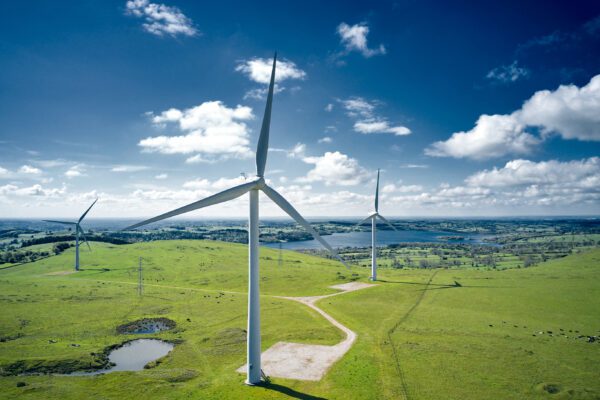
(Fluorescent) lights out!
Fluorescent lights are commonly used in spaces like offices, schools and shops. However, they are classed as hazardous waste once they burn out as they contain mercury.
Fluorescent lights are commonly used in spaces like offices, schools and shops. However, they are classed as hazardous waste once they burn out as they contain mercury.
Harmful substances in some lighting products can cause major environmental and health problems during use, collection, treatment and disposal.
Meet the European Union’s Restriction of Hazardous Substances directive, or RoHS, which restricts the use of hazardous substances in electrical and electronic equipment to protect the environment and public health.
As a result of RoHS, light sources containing high levels of mercury, as well as other substances such as lead and cadmium, are being banned.
The UK has been following this directive under a slightly different timescale and different fluorescent lighting products have already been phased out gradually.
From 1 February 2024 many different fluorescent products, such as T5 lamps, cannot be placed on the UK market. The full product list can be found on the gov.uk website.
I still have fluorescent lighting, what do I do?
First, don’t panic! Using your existing fluorescent lights is not forbidden, but you will start to struggle to find replacements as shops stop providing them and maintenance will become more expensive.
Therefore, now is an ideal time to upgrade your lighting solutions to Light Emitting Diode (LED) lights.
Although requiring initial investment, LED lighting can make your building more energy efficient. In fact, LEDs use up to 90% less energy than traditional lighting. This means lower ongoing energy costs.
LEDs also have a 10-12 times greater lifetime than conventional bulbs, which means fewer site visits and less disruption to your operations.
When your fluorescent lights come to end of use, their correct disposal must be organised for your organisation to stay compliant.
Why LED?
The benefits of LED lighting don’t end at energy efficiency.
The solution lends itself to controls that can offer facilities managers greater control of lighting use and help minimise unnecessary energy consumption.
The controls also allow either automated or sensor lighting to meet the users’ needs for the communal space, enhancing wellbeing and increasing productivity.
How can Inspired help?
Inspired’s experts can support you in finding the right lighting solution for your estate’s needs.
Please contact your Account Manager or email us at [email protected]










